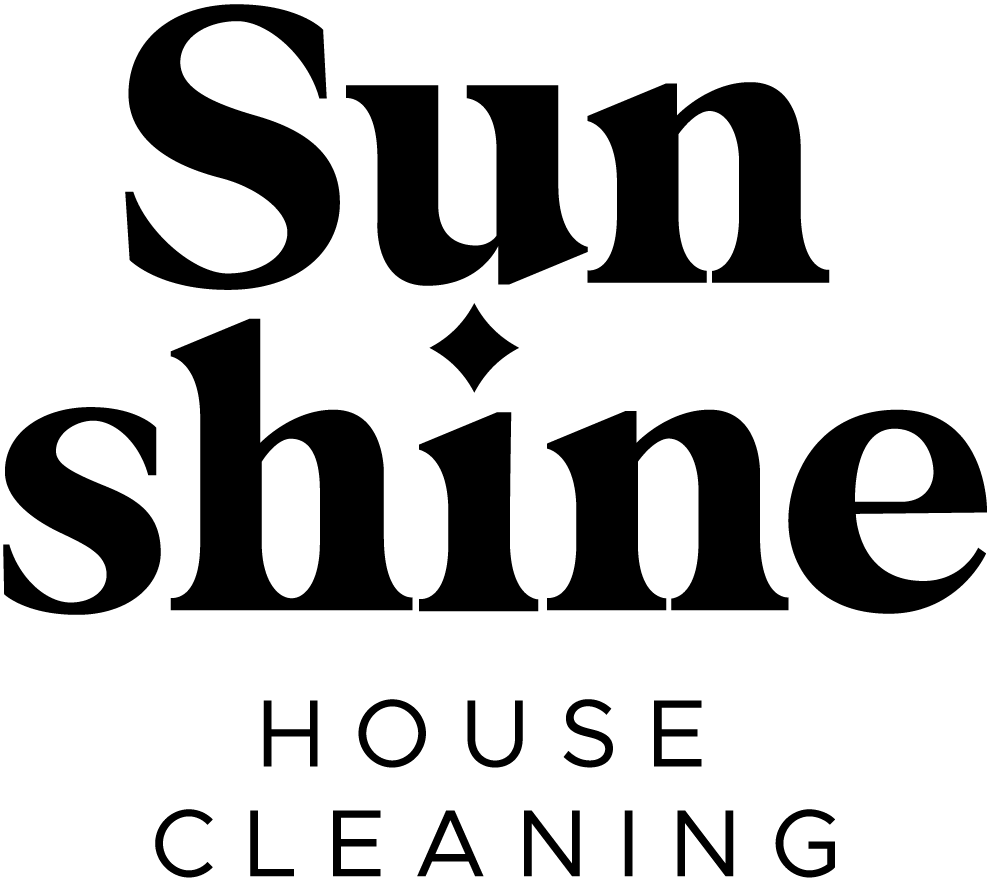How to Prevent Mold and Dampness in Indoor Environments
Mold and excess moisture are silent intruders that stain surfaces, weaken structures, and impact indoor air quality. The earlier you act, the easier it is to keep your home fresh, healthy, and mold-free.
Mold thrives where ventilation is poor and humidity lingers above 60%. Bathrooms, basements, laundry rooms, and kitchens are prime targets. Tiny leaks, wet towels, or condensation on windows can create ideal conditions for spores to settle and multiply. Controlling moisture and improving airflow are the two most powerful levers you have. Keep indoor relative humidity in the 40–55% range. In problem rooms, a quality dehumidifier can be transformative—just remember to empty the tank and clean filters regularly. In colder months, reduce shower steam, cover boiling pots, and consider insulated window treatments to limit condensation. Quick tip: A small digital hygrometer lets you monitor humidity at a glance and catch spikes before mold appears. On hard, non-porous surfaces (tile, glass, sealed grout), apply vinegar solution, let it sit for 10 minutes, then scrub and dry thoroughly. For porous materials (unsealed wood, drywall), superficial cleaning may not be enough—persistent spots often signal moisture inside the material and require professional remediation. At Sunshine Cleaning Services, our teams use professional-grade tools to sanitize high-risk areas—shower tiles, caulk lines, window tracks, HVAC vents—and we leave targeted prevention steps so mold doesn’t return. If you see widespread staining, a musty odor that won’t fade, or recurring spots after cleaning, the problem may be structural (leaks, wicking, or trapped condensation). Sunshine’s specialists identify the root cause, coordinate safe removal, and implement lasting fixes so dampness doesn’t come back.
Why Mold Shows Up (and Spreads Fast)
Core Prevention Habits That Work
Humidity Control: Your Mold-Proofing Engine
Cleaning Products & Techniques That Actually Help
When to Call Professionals




